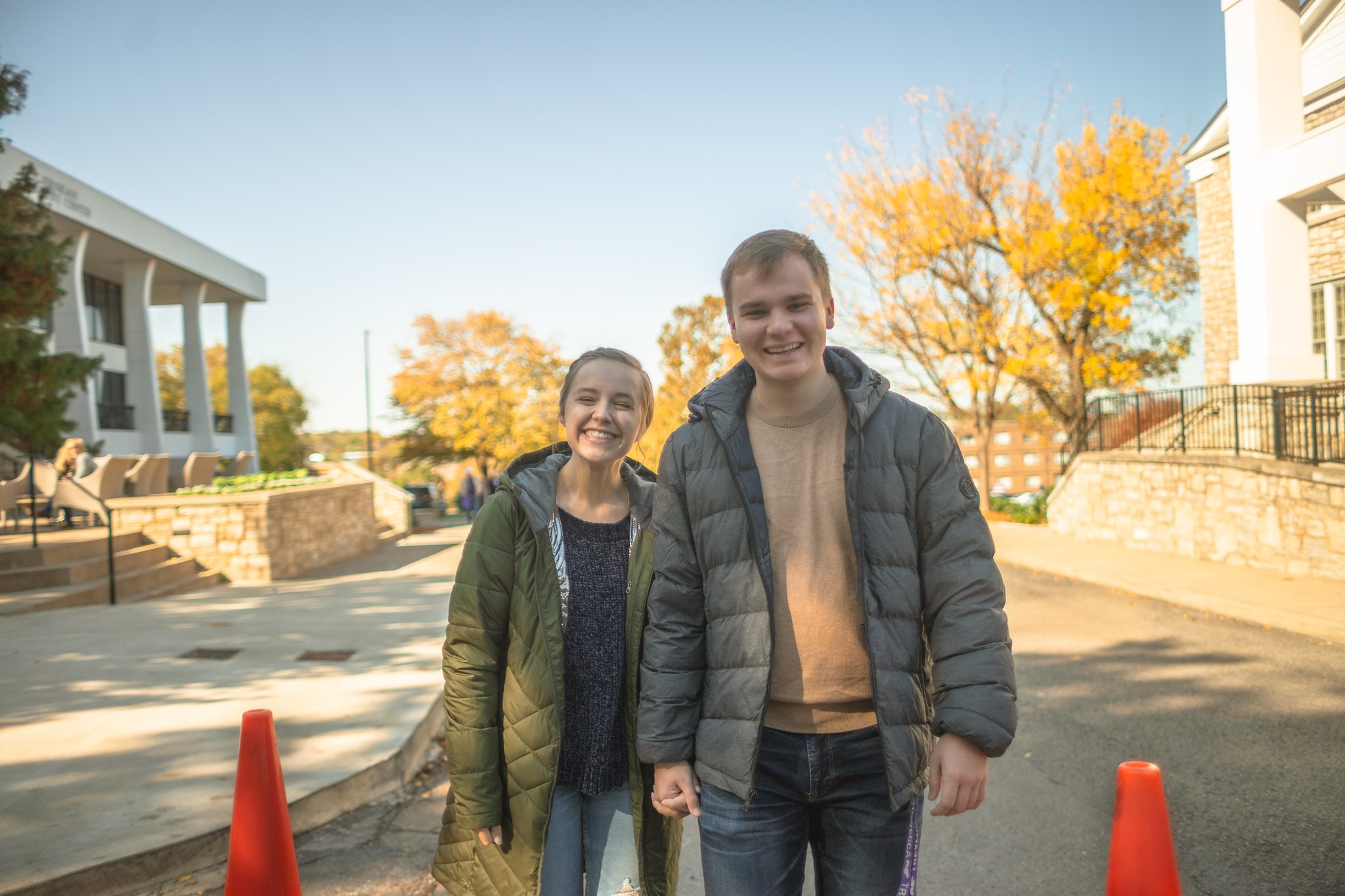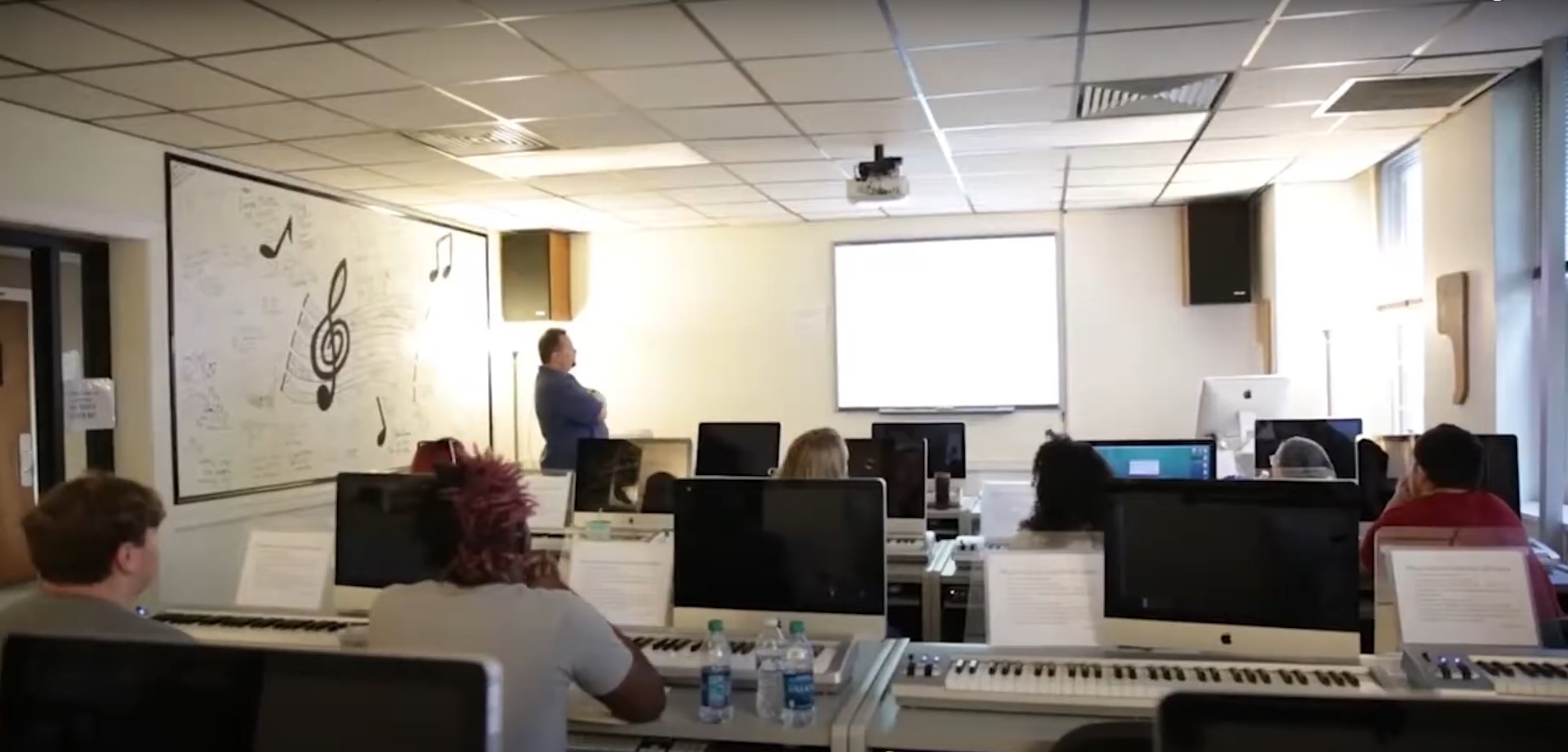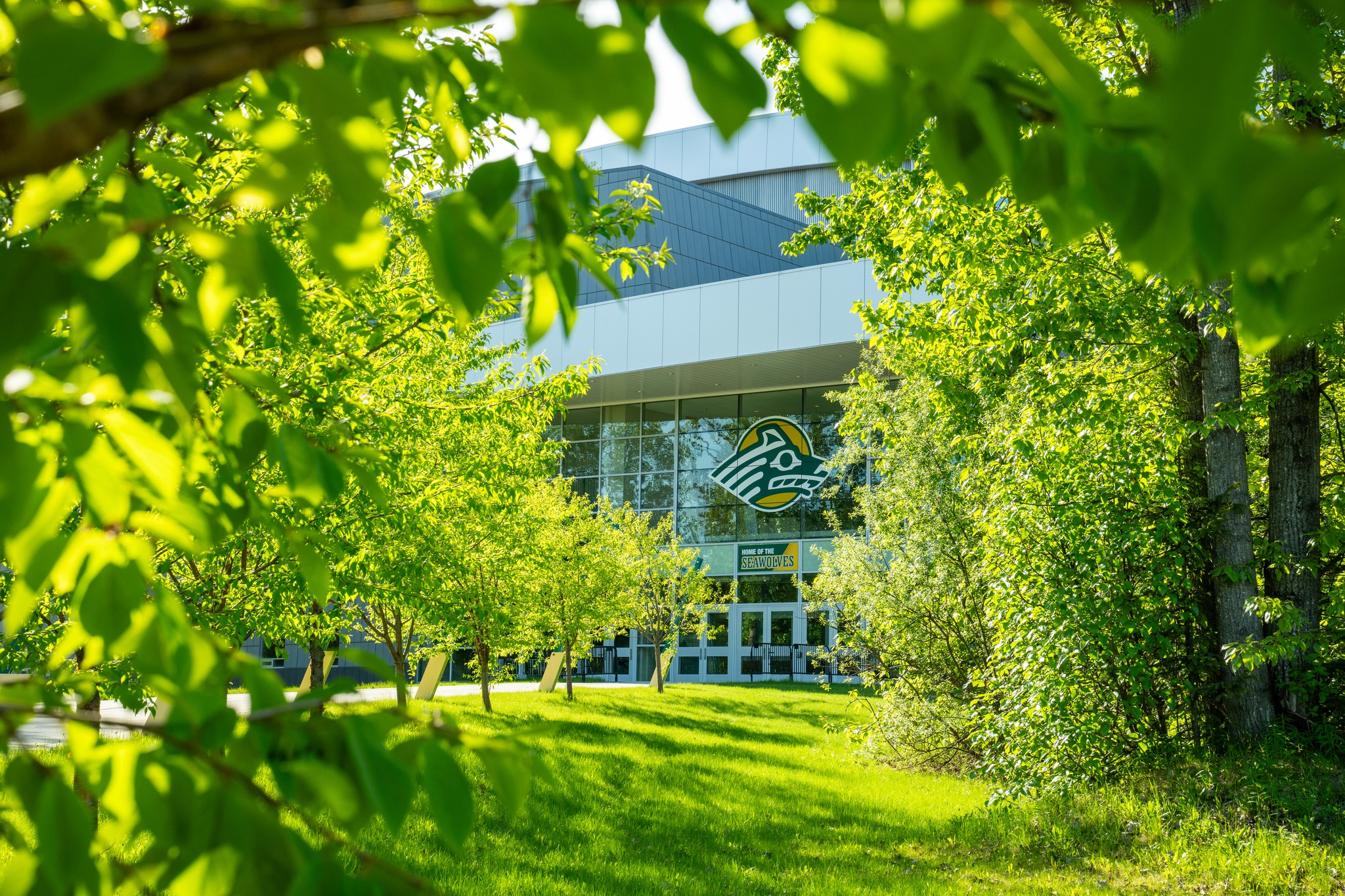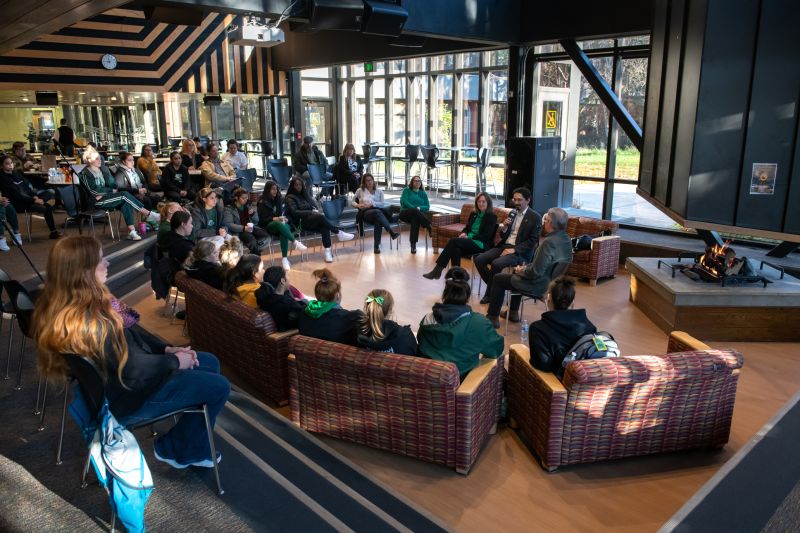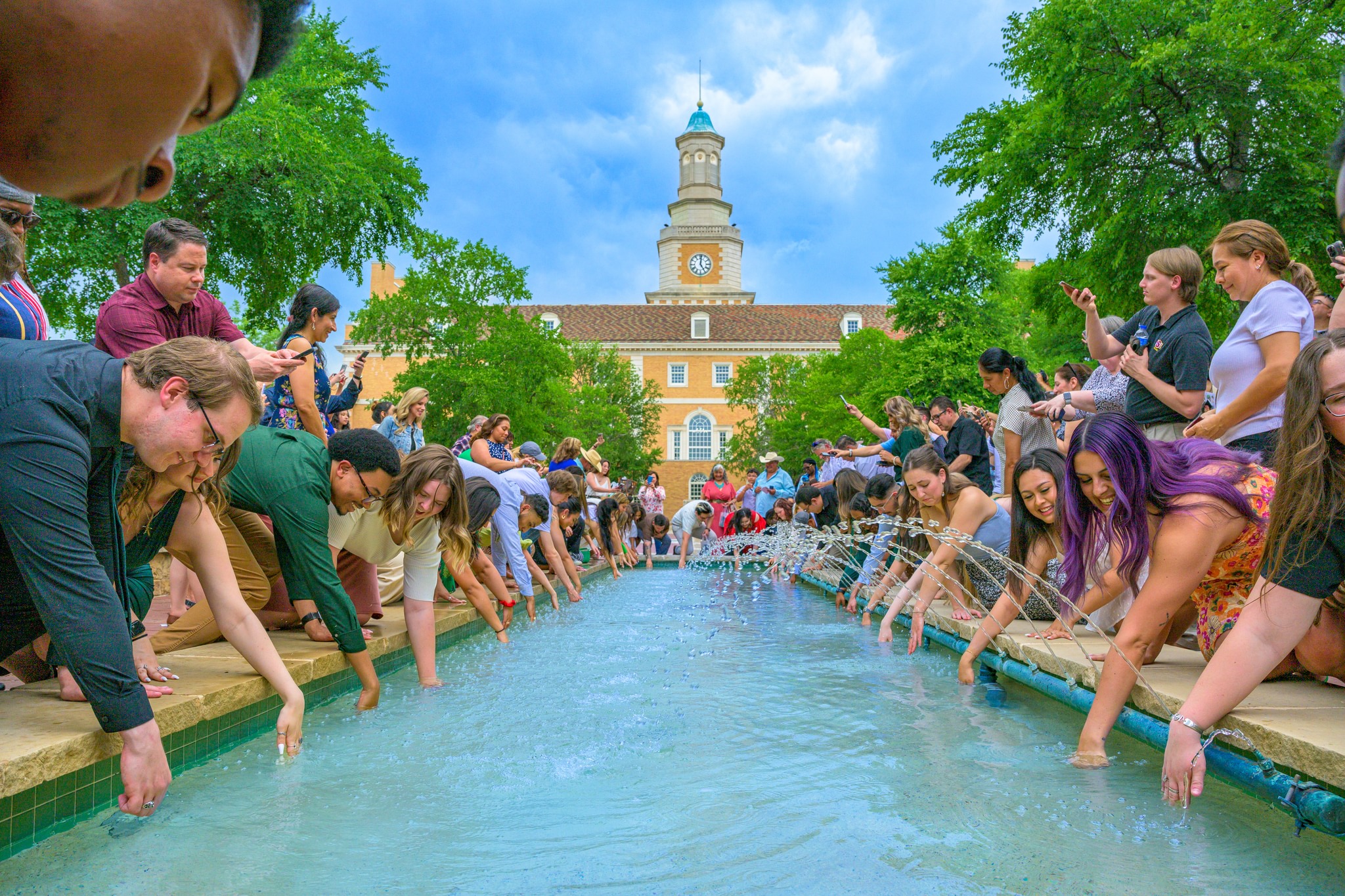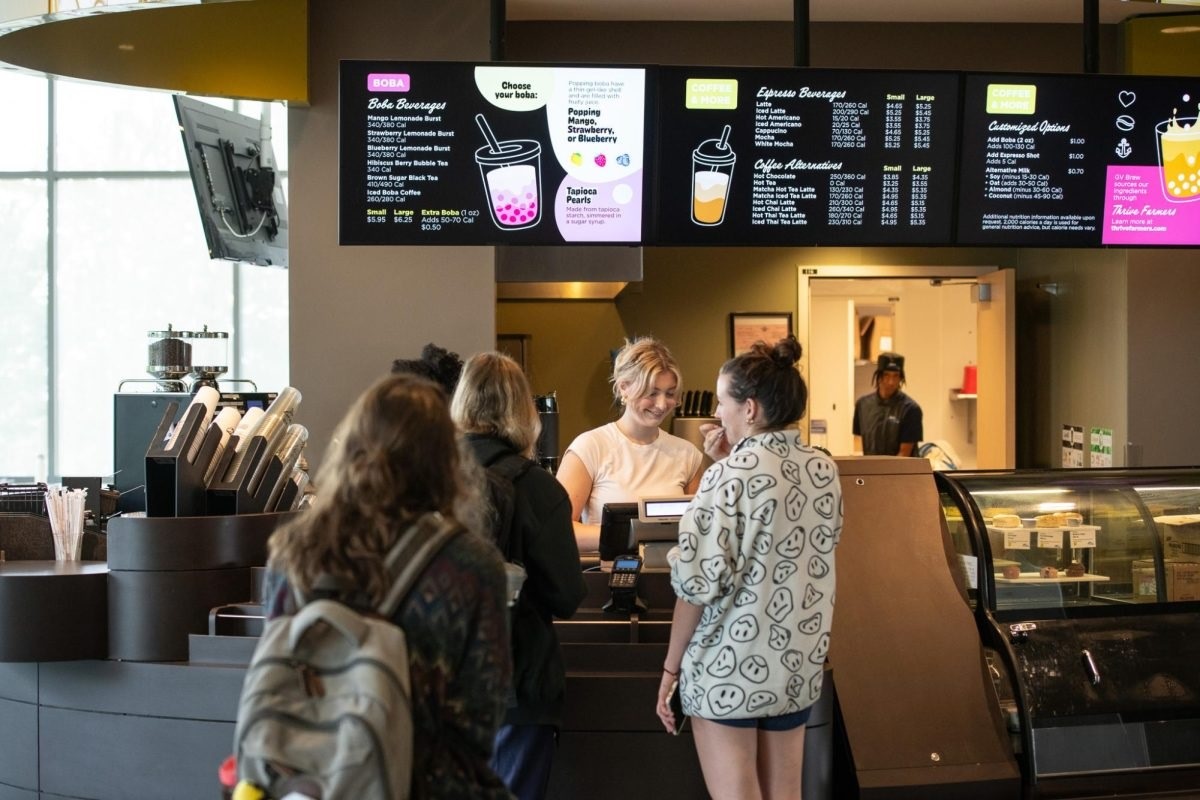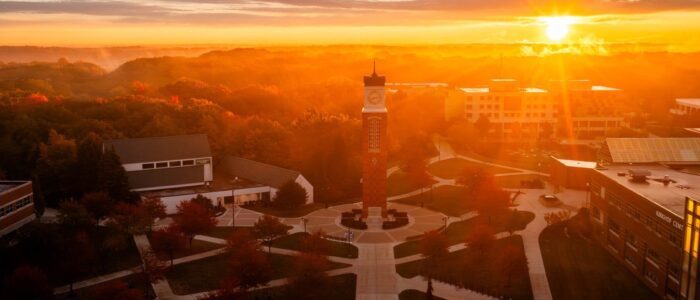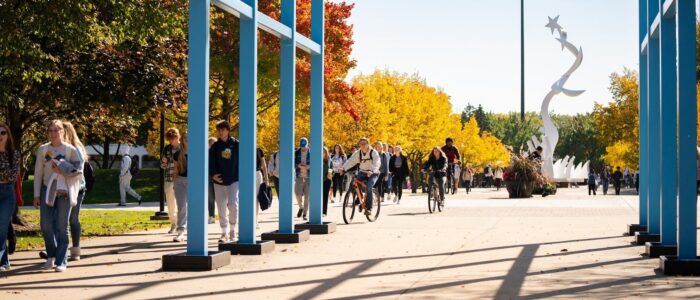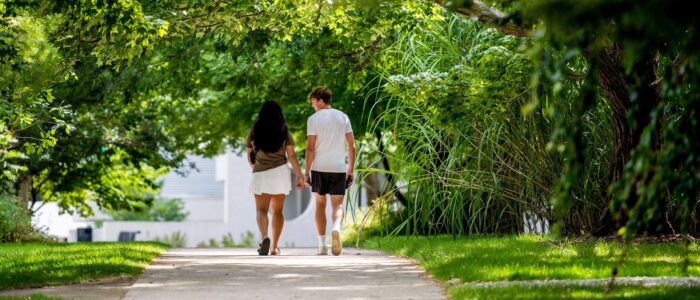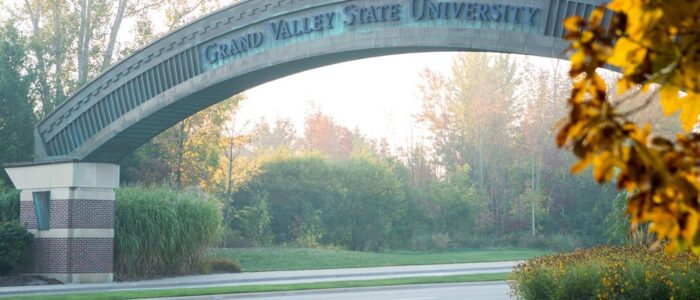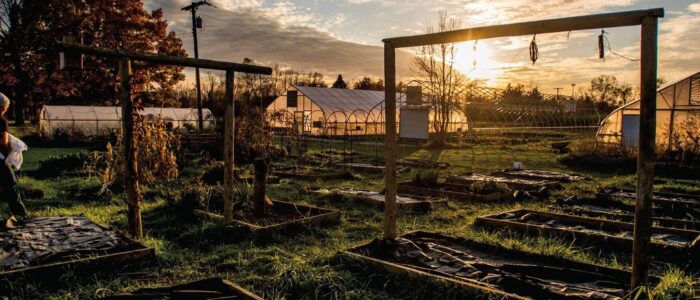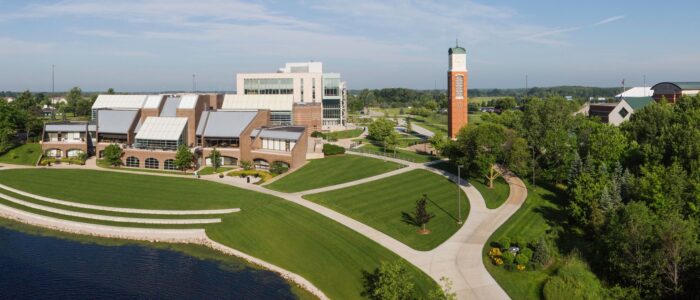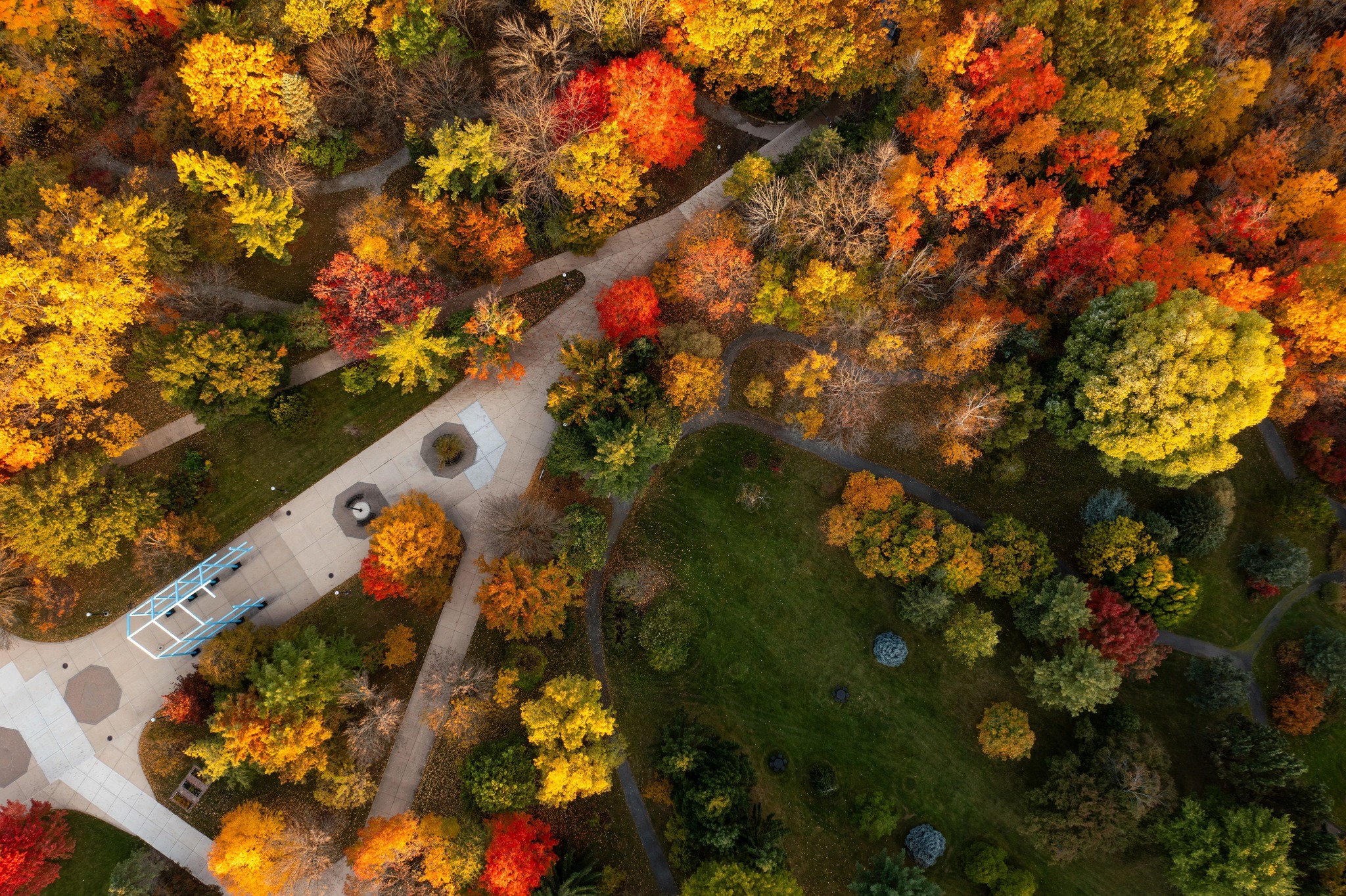University of New England Financial Report 2022 | ($30.81M)
Classic British comfort food. The origin of the recipe can be traced back to the United Kingdom in the mid-20th century. The dish’s name, “bangers,” comes from the habit of sausages bursting open (banging) while cooking due to their high water content, particularly during World War II when meat was scarce, and fillers were added to sausages.
The popularity of sausages and mashed potatoes as a meal likely dates back much further in British culinary history. Sausages have been a part of British cuisine for centuries, and mashed potatoes have been consumed in the UK since potatoes were introduced to Europe in the 16th century. It has long since become the go-to meal for college students seeking a satisfying, simple, and budget-friendly option during their academic years.
Ingredients:
Pork sausages (traditional British bangers)
Potatoes (such as Russet or Yukon Gold)
Butter
Milk or cream
Salt and pepper to taste
Onion gravy (optional, for serving)
Instructions:
Start by preparing the sausages. You can grill, pan-fry, or oven-bake them until they are cooked through and nicely browned.
While the sausages are cooking, peel and chop the potatoes into chunks. Place them in a pot of salted water and bring to a boil. Cook until the potatoes are tender and can easily be pierced with a fork.
Drain the potatoes and return them to the pot. Mash the potatoes using a potato masher or a potato ricer.
Add butter and a splash of milk or cream to the mashed potatoes, and continue mashing until you achieve your desired consistency. Season with salt and pepper to taste.
Serve the cooked sausages on top of the mashed potatoes, and if desired, pour onion gravy over the dish.
The History of “Bangers and Mash” as a College Meal:
Simplicity: The dish is easy to prepare, requiring basic cooking skills and readily available ingredients, making it ideal for students who may have limited cooking facilities or time.
Affordability: Sausages and potatoes are often budget-friendly ingredients, making “Bangers and Mash” a cost-effective meal for students on tight budgets.
Comfort and Nostalgia: The dish’s hearty and comforting nature brings a sense of nostalgia and home-cooked goodness to college students, especially those living away from home for the first time.
Social Meal: “Bangers and Mash” is a dish that can be shared with friends or hallmates, making it a popular choice for communal meals in college dormitories or shared kitchens.
Overall, “Bangers and Mash” has not only been a staple in British cuisine but also a go-to meal for college students seeking a satisfying, simple, and budget-friendly option during their academic years.







